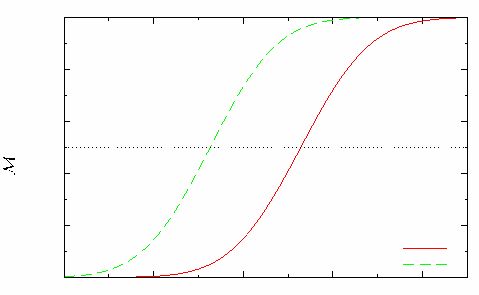A variety of models have been proposed to explain fast radio bursts (FRBs), a new type of cosmological transient. In our work, we discuss the possible connection between the FRB sources and ultra high energy (>1018 eV, i.e. EeV) cosmic rays (UHECRs). We carry out a model-dependent estimation of the possible contribution of FRB sources in accelerating UHECRs.
The blitzar model indicates the huge energy release of each FRB central engine as well as the high rate of FRBs, in which the accelerated UHECRs may make a considerable contribution to the observed ones. We also suggest that, there is a distinction between the GRB-related FRBs and the normal ccSN-related FRBs in the blitzar model.
While in other FRB models, such as the magnetar giant radio flares, the merging binary white dwarfs and Galactic flaring stars, no significant UHCERs are expected.

By with LI Xiang
Figure 1. Possibility distribution, as a function of Mmax, of a forming supramassive (P0 = 1 ms) neutron star or a stable neutron star (P0 1 ms) in the mergers of binary neutron stars.
In the merger of binary neutron stars, FRBs may still be promising UHECR sources if SMNSs are formed in a considerable fraction of binary NS mergers. Additionally, we suggest that even if the merging double neutron stars are irrelevant to FRBs, they may play a nonnegligible role in producing UHECR protons in certain conditions, which can be unambiguously tested in the era of gravitational wave astronomy.
This work by Xiang Li, Bei Zhou, Hao-Ning He, Yi-Zhong Fan and Da-Ming Wei has been published in the Astrophysical Journal. Please see ApJ (2014) 797, 33 for more details. (http://iopscience.iop.org/0004-637X/797/1/33/)
